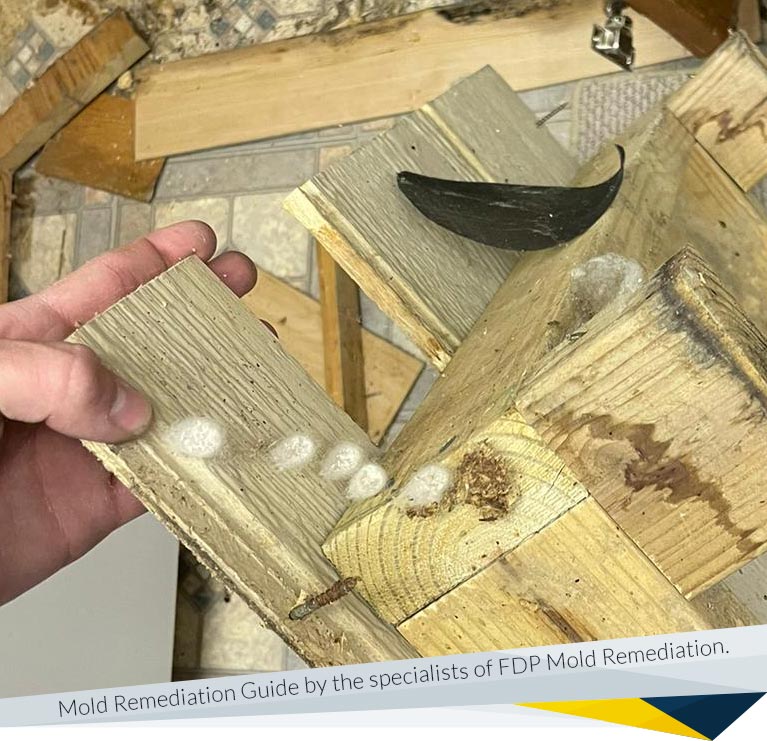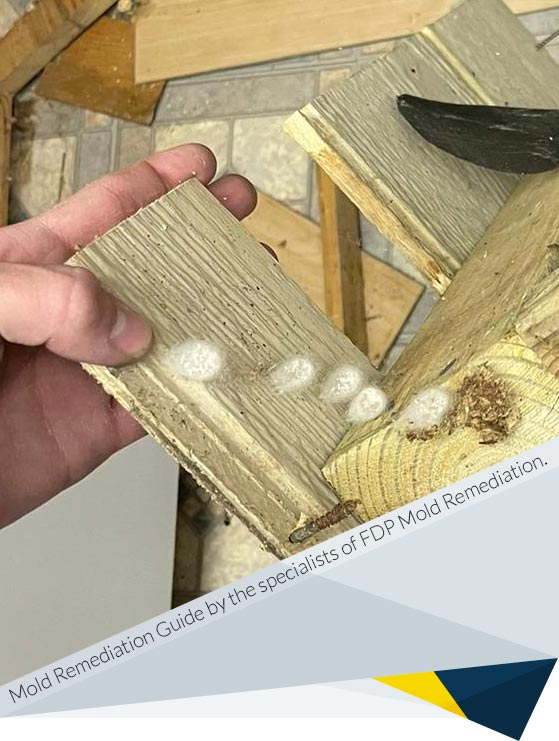
Mold is a part of the world we live in and it plays an important role. Mold is classified in the kingdom Fungi. Some types are essential in the production of foods and medicines. Just look at the contribution to human life that came from the discovery of the antibiotic penicillin, which is created naturally by Penicillium mold.
However, too much mold or the wrong type (like pathogenic molds) in the wrong place can pose serious health threats to humans, animals, and plants. Mold growth is especially problematic inside buildings, where natural ventilation that helps to dispel mold and reduce its concentration is obstructed by walls.
Specialists in mold remediation, nationally certified firms like FDP Mold Remediation, are trained to detect when a mold problem is present, even when it is hidden behind walls or under flooring. Our specialists have vast experience in safely removing mold and conducting all remediation with the proper procedures and safety protocols that will keep you and your family safe from any of the mold's harmful health effects while halting structural damage to your home.
This guide will address mold contamination, health risks, and the proper steps and procedures that need to be used to successfully remediate and remove mold from a building or residence.
Mold plays a pivotal role in nature's cycle, aiding in the breakdown of organic materials. Its primary function is decomposition, transforming dead elements back into their basic compounds.
In essence, our homes are repositories of these organic materials. From wooden furniture to cotton curtains, these materials provide ample "food" for mold. The problem arises when mold cannot differentiate between a decomposing tree in the forest and a clean wooden shelf in your living room.
Even if you're meticulous about cleaning, mold spores are likely already present, and here's why:
Mold is pervasive and ever-present, as mold spores can be found everywhere. The problem arises when mold begins to grow indoors, leading to increased indoor spore counts and potential health issues. The most common areas where mold tends to grow indoors are as follows:
To obtain accurate information on mold growth specific to your home and effective methods to control it, it is advisable to consult professionals or use cleaning techniques designed for mold prevention.
For accurate information on mold growth specific to your home and how to control it, it's advisable to consult professionals or employ cleaning techniques designed for mold prevention.
It is not enough to just kill mold; it needs to be physically removed. Even dead mold and dead mold spores can cause adverse health affects.

Molds can be categorized into three primary harmful types:
For black mold concerns, prompt cleanup is advised to ensure health safety.
Many medical professionals find it difficult to diagnose symptoms that are caused by mold. That's because reactions to mold exposure are the same as many of the symptoms of common colds and allergies. Mold is extremely common and you can't completely avoid being exposed to it, no matter how careful you are. Besides conducting skin prick tests or blood tests, sometimes the only way to determine if a person is being affected by mold is to have that person stay out of a suspected building or room.
Allergic reactions to mold can be immediate or delayed. The Mayo Clinic notes that a person who is sensitive to mold may experience milder symptoms such as:
...or more serious issues that can include:
Medical professionals tell us that there are medications that can ease these more serious symptoms, but there is no sure way of curing them completely. This is why mold removal is an important part of responding to allergies and is best left to a trained professional.
One of the most important considerations when attempting to remove mold from a building is the risk of exposure to residents and workers. Our mold removal specialists use the following protection measures to keep themselves safe during the remediation:
A guide for mold removal has been established by the IICRC, the S520 Standard for Professional Mold Remediation. All mold removal contractors should be familiar with and adhere to these standards.
A professional mold inspection, like those done by FDP Mold Remediation, can help minimize your family's health risks due to exposure. A professional inspection can find hidden mold in places you can't see, between walls, under flooring, or in an attic. Initial mold inspections can vary but may require: a non-intrusive visual inspection, the collection of bulk samples using swabs and tapes, air sampling, and intrusive inspections to check in wall cavities by removing a portion of drywall. In addition, temperature and relative humidity in the affected area must be determined.
Mold needs moisture, which can be the result of broken or dripping pipes, a roof leak, faulty appliances like washers, dryers, and ice makers, flooding, or an above normal humidity level - one that is over 60%. Before you can stop mold growth, you must identify and eliminate the mold's moisture source and dry the area. Without removing the moisture source, mold will regain its hold on the property in no time.
Containment is the process of installing a barrier to isolate the affected areas from unaffected ones, thus preventing cross contamination. This is usually done by using heavy plastic sheeting, or it can be as simple as closing a doorway and covering heat registers and cold air returns.
Once the work area is separated from the rest of the structure, negative air pressure is established within the contained areas so that air is pulled in through any gaps or crevices in the containment. Any mold spores that become airborne during physical removal cannot escape the contained area due to an established air pressure differential. This assists the remediation technicians in capturing mold spores moving through the air inside the contained areas.
This process should start with vacuuming with high efficiency particulate air (HEPA) machines, followed by damp-wiping remaining surfaces with an antimicrobial agent. This damp-wiping stage may require more than one pass to ensure the area is completely free of mold and mold spores. Other than structural components that can be successfully cleaned, all porous (water-absorbing) materials need to be cut out for later disposal and restoration. Examples of porous materials can include carpeting, drywall, paper-backed vinyl flooring, ceiling tiles, and cardboard. Click here to read more about mold removal and anti-microbial treatments process.
Repairs should never be done until all remaining structural components are dried back to acceptable standards. An acceptable level is one that is within 10% of what the materials were in their pre-loss condition. Material replacement before complete drying may result in the mold redeveloping. Once the property is dry, it can be restored.
Any contaminated building materials that have been removed can't just be thrown out in the trash. Materials are handled in a particular way to ensure that the mold spores they contain do not have the opportunity to spread.
This is an evaluation of all affected areas to determine that the mold has been completely removed. If clearance testing is performed, it should be done before removing any containment or shutting down any air filtering devices being used.
Several products are commonly believed to remove mold but are ineffective or, in some cases, might even exacerbate the problem. Some products that do not effectively remove mold include:
Contrary to what people might read on the Internet, bleach is not an effective mold remover when it comes to porous surfaces. Bleach is a great disinfectant, but it is composed of 94-95% water and only 5-6% chlorine. It's the chlorine in the bleach that does the killing. And chlorine is scientifically designed NOT to penetrate into porous materials.
Painting over mold does not kill or prevent mold. There are mold-resistant paints available, but they prevent new mold growth and do not treat existing mold.
Though often recommended as natural solutions, neither vinegar nor baking soda is 100% effective against all mold types. They might help in mild mold situations but aren't a surefire solution for severe mold infestations.
Like bleach, ammonia might kill surface mold on non-porous materials, but it doesn't prevent mold spores from returning.
These materials absorb moisture and might help prevent mold growth, but they don't remove existing mold.
While UV light can kill mold spores, it doesn't remove them or the toxins they produce.
It's essential to use products and methods designed specifically for mold removal, especially for larger infestations. If mold is a persistent problem, consulting with professionals is advised.
The purpose of any mold removal process is to correct any moisture issue and to safely remove the mold, mold spores, and all mold-contaminated materials. Simply killing the mold is never enough. Mold and mold spores need to be physically removed from the building in a safe, controlled manner, to prevent the infestation from returning. FDP Mold Remediation is a recognized expert in the field of mold removal and remediation. Don't wait! The sooner we address the problem, the less damage to you and your family's health, as well as your home or business.



